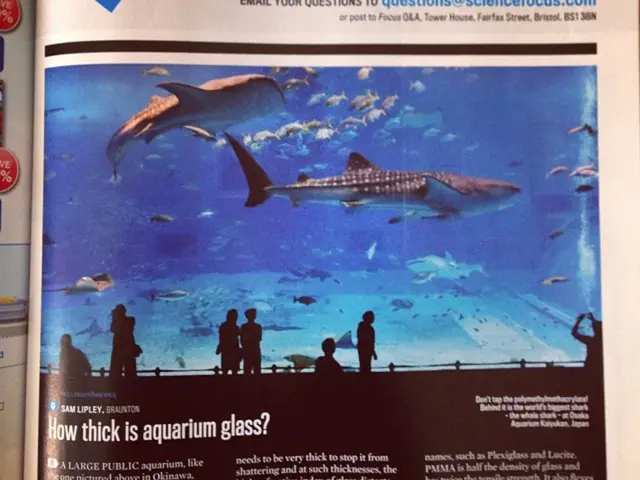NASA Pursues Persistent Heartbeat in Space Beyond ISS Departure
The International Space Station (ISS) has been a home for astronauts for approximately 30 years, but its aging state is indicating a retirement by the end of the decade. This departure will leave a significant void in low Earth orbit. NASA is aiming to fill this gap with a commercial version of the ISS. Until then, NASA is determined to preserve a human presence in the microgravity environment to keep their plans for Mars explorations on track.
NASA unveiled its "Low Earth Orbit Microgravity Strategy" final draft, emphasizing the necessity of extended human space missions after the ISS retirement. NASA referred to this strategy as a "continuous heartbeat," a somewhat unusual term signifying the requirement for "prolonged flights of six months to a year to minimize risks for future Mars trips," as stated in the document. It also mentioned that shorter trips of 30 days to six months will hold limited value.
Humans play a crucial role in these missions. The report reads, "While transitioning from the [ISS] to future commercial space stations, NASA will retain a consistent and continuous presence in low Earth orbit." This uninterrupted sequence of human activities will lessen the risk of sending humans to Mars, preserve vital operational skills, guarantee a steady transportation schedule, progress scientific research, and sustain collaboration with commercial and international partners.
NASA and its partners aim to decommission the ISS by 2030. The spacecraft is destined for a dramatic reentry through Earth's atmosphere, leaving most of it to burn up. In 2021, NASA launched its Commercial Low Earth Orbit Destinations program to replace the ISS in its coveted position. However, NASA is not involved in building space stations anymore. Instead, its role is to serve as a client, assisting its commercial partners in building and operating a space station that its astronauts can utilize.
Companies like Axiom Space, Blue Origin, and Northrop Grumman are eyeing the prospect of replacing the ISS with their own versions, but these alternatives may not be ready within the next five years. NASA, therefore, has a plan for these interim years. It intends to maintain a continuous human presence in space through extensive missions to low Earth orbit destinations using commercially owned spacecraft. The primary objective of these missions will be to carry on with scientific research in the microgravity environment, as well as studies pertinent to human health in space to prepare for future Moon and Mars missions.
The report mentions, "Via the [ISS], NASA has shown that microgravity research is vital to progressing our understanding of ourselves and our planet." As we approach the shift from the space station to commercial platforms in low Earth orbit, NASA must enable government use of these platforms for further research and development, contributing to various national objectives that strengthen economies and improve the quality of life upon Earth.
The strategy also underscores the importance of "a variety of providers," hinting that NASA prefers to rely on more than just SpaceX for transporting its crew and cargo to low Earth orbit. NASA is currently in the process of certifying Boeing's Starliner program following its faulty test flight this year.
NASA plans to harness the potential of microgravity for future science and technology advancements, with a focus on space exploration and Mars missions. To maintain continuity, they will rely on commercial space stations after the retirement of the ISS, ensuring a steady supply of data from extended human missions.
In the era of retiring spacecraft and emerging commercial stations, NASA emphasizes the critical importance of supporting science and technology in low Earth orbit, advocating for a diverse array of providers for reliable transportation solutions.








